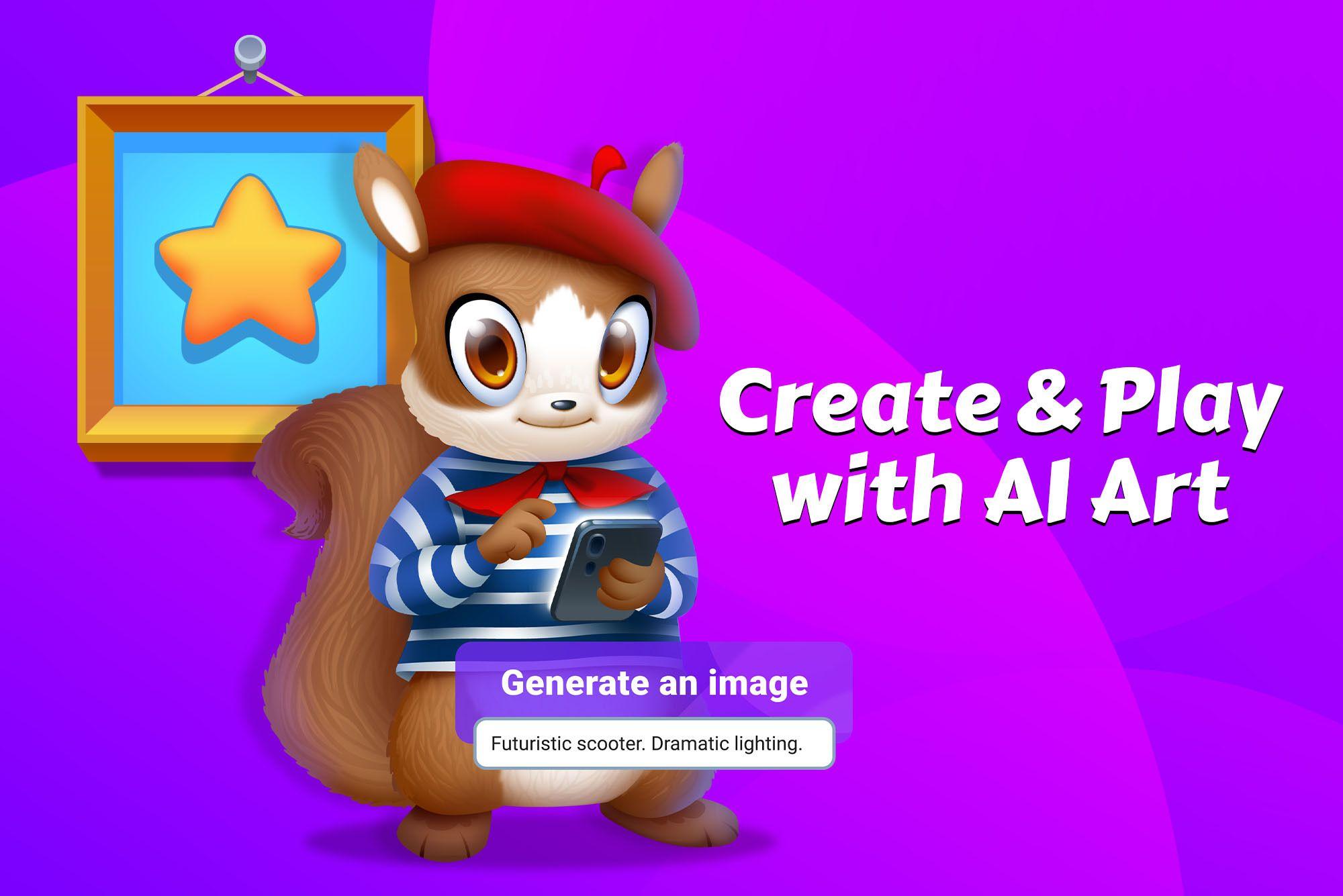Art has long been regarded as a uniquely human expression of creativity and emotion. However, with advancements in artificial intelligence (AI), a new phenomenon is taking the art world by storm. AI art masters are leveraging the power of machine learning algorithms to create awe-inspiring and thought-provoking artworks. In this article, we will delve into the realm of AI-generated art, exploring its capabilities, impact on the art community, and the potential future it holds.
Artificial intelligence has revolutionized numerous industries, and art is no exception. The fusion of technology and creativity has given birth to AI art masters capable of producing artwork that challenges conventional notions of artistic expression. Using deep learning algorithms, these systems can analyze vast amounts of data, learn from existing artworks, and generate original pieces that mimic various artistic styles. This intersection of art and AI opens up exciting possibilities for innovation, experimentation, and pushing the boundaries of artistic creation.
AI art masters are not meant to replace human artists; instead, they augment and expand creative possibilities. These systems can generate art that is impossible or highly improbable for human artists to conceive. By processing vast amounts of visual data and patterns, AI algorithms can create unique compositions, explore abstract concepts, and blend styles, producing artworks that challenge our perceptions and ignite our imagination. The collaboration between humans and AI sparks a new wave of creativity, leading to unexpected and groundbreaking artistic expressions.
One of the most remarkable capabilities of AI art masters is their ability to analyze and replicate artistic styles. By studying thousands of artworks from renowned artists throughout history, these systems can extract patterns and characteristics unique to each style. With this knowledge, they can generate new pieces that reflect the essence of a particular art movement or even combine multiple styles to create fresh, hybrid forms of art. This exploration of artistic styles not only pays homage to past masters but also allows for the creation of entirely new artistic languages.
The emergence of AI art masters has sparked discussions regarding the relationship between humans and machines in the creative process. Rather than viewing AI as a threat, many artists embrace the concept of collaborative coexistence. They see AI as a tool that can enhance their artistic vision, offering new perspectives and unlocking unexplored avenues of expression. Artists can train AI algorithms to assist them in the creative process, acting as intelligent assistants that generate ideas, suggest compositions, or aid in the execution of complex techniques. This collaboration allows artists to transcend their own limitations and embark on artistic endeavors previously unattainable AI Art Master .
As AI-generated art gains popularity, ethical considerations come into play. Questions about authorship, ownership, and authenticity arise. AI art masters are programmed to learn from existing artworks, which raises concerns about the originality and uniqueness of AI-generated pieces. Additionally, the question of whether an AI system can truly possess creativity or emotional depth remains open for debate. However, these ethical challenges also prompt important discussions about the nature of art itself, the role of technology in artistic creation, and the evolving definition of authenticity in the digital age.
The emergence of AI art masters marks a significant turning point in the evolution of art. This collaboration between human creativity and machine intelligence has the potential to reshape the art world as we know it. The AI
